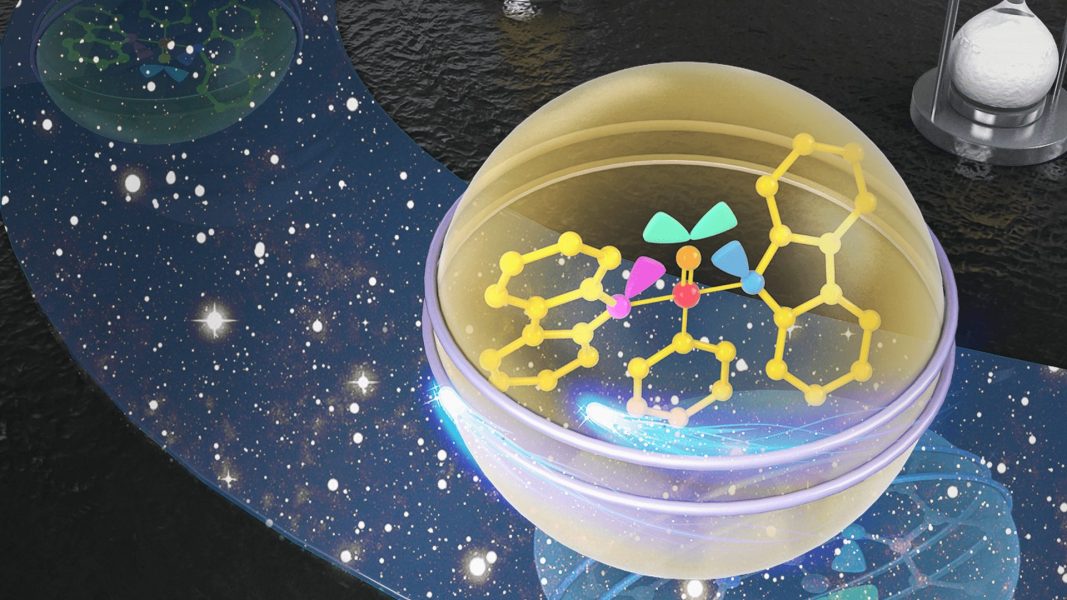Information security is becoming more and more important in our daily lives. Organic phosphorescent molecules offer a way to revolutionize this field if their optoelectronic properties can be improved.
In Advanced Materials, Prof. Runfeng Chen and Prof. Wei Huang from Nanjing University of Posts and Telecommunications, and their co-workers, propose a new strategy for enhancing optoelectronic properties in organic ultralong room-temperature phosphorescence (OURTP) molecules.
Prof. Wei Huang: “Here, we developed a dynamic strategy to promote spin-flipping in purely organic materials, on the basis of heteroatom-mediated resonance variation. Thus, designed resonance molecules exhibit dynamically activated intersystem crossing with high rate constant up to 107 s–1 and high OURTP performance.”
Prof. Runfeng Chen: “With the simultaneously elongated lifetime and increased efficiency of OURTP, we developed a new data information encryption technology. This 2D quick response (QR) code device is almost colorless and transparent under daylight. Under UV-light excitation, a 2D pattern appears, which can be read by a commercial mobile phone.”
The QR code is applicable to flexible substrates, demonstrating one of the promising applications of OURTP materials in the field of flexible information and data encryption.
To find out more about OURTP, please visit the Advanced Materials homepage.

















